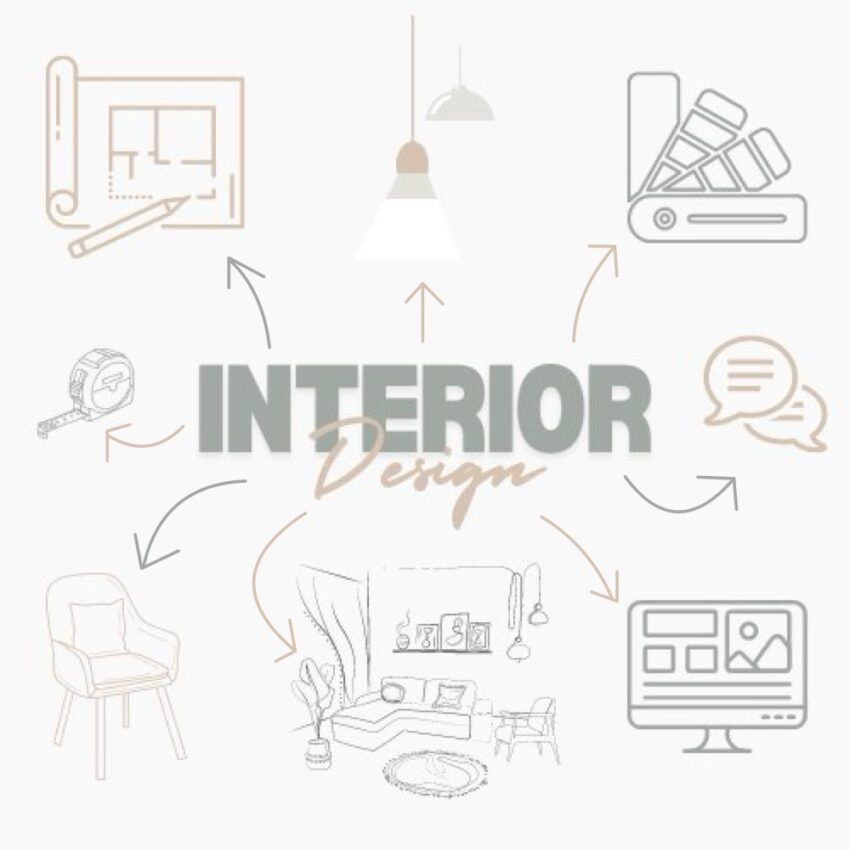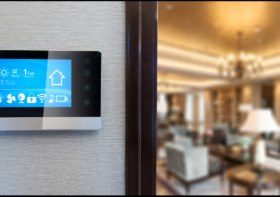What is Interior Design?

Interior design is a misunderstood industry. It’s not just about choosing fabrics for an armchair, picking paint swatches, or finding the right lamp. Interior designers deal with the whole gamut of a space. From selecting flooring for a busy family to creating a functional floor plan using a unique shell to making sure there are the correct sound absorbent materials in an auditorium, interior designers do it all.
Interior design has many moving parts.
In a simple sentence interior design would be be summarized as; bringing together creativity and design techniques to create a space that is functional and enhances the well being of a user… but let’s get more technical.
Interior design is responsible for how we experience a space. The design of spaces we are in each day have carefully been thought through by an interior designer. Some spaces may work better than others but that can also contribute to advancements and how recently a space has been touched.
The interior designer’s job.
Interior designers have to design for the human needs of a space while achieving the aesthetics and style wanted by the client. Spaces are carefully curated to make the end user perform the designated task of that space well. Interior designers are responsible for everything within that space including the lighting, colors, acoustics, materials, and furniture used. They are also responsible for making the space safe and following codes and regulations. Interior designers must take into consideration the building components and systems to ensure the space has adequate air circulation, plumbing, and electrical.
An Interior Designers’ many hats:
- Meeting with clients to understand requirements and goals for the space.
- Planning the space to meet functional needs while also considering the building systems in place.
- Creating preliminary designs to show clients then finalizing designs based on feedback.
- Selecting materials for floors, walls, light fixtures, furniture, upholstery, and more.
- Estimating the costs of materials, cased goods, decor, and time.
- Staying up to date with trends, current techniques, and new materials in use.
- Managing the project’s installation of materials and furniture while checking completion time and maintaining budget.
- Complying with building codes, permits, accessibility standards, and regulations for the area the project is in.
- Collaborating with professionals in the industry such as other interior designers, architects, builders, engineers, and more.
- Performing a post occupancy evaluation after the client has inhabited space to talk about the performance of it.
To sum it up.
Interior design is an important aspect of everyday life that can be taken advantage of. Interior designers are not just there to decorate the space but to enhance the user’s experience. Every time you step into a space, think about the hard-work and dedication the designers put into creating that space and making it usable.




Ashleigh Waltz
Such a great post! It definitely gave me more insight on all the responsibilities that fall within interior design. It really is more intentional than just putting pieces together. This is such a cool career and seeing a designer’s process is so intriguing to me.